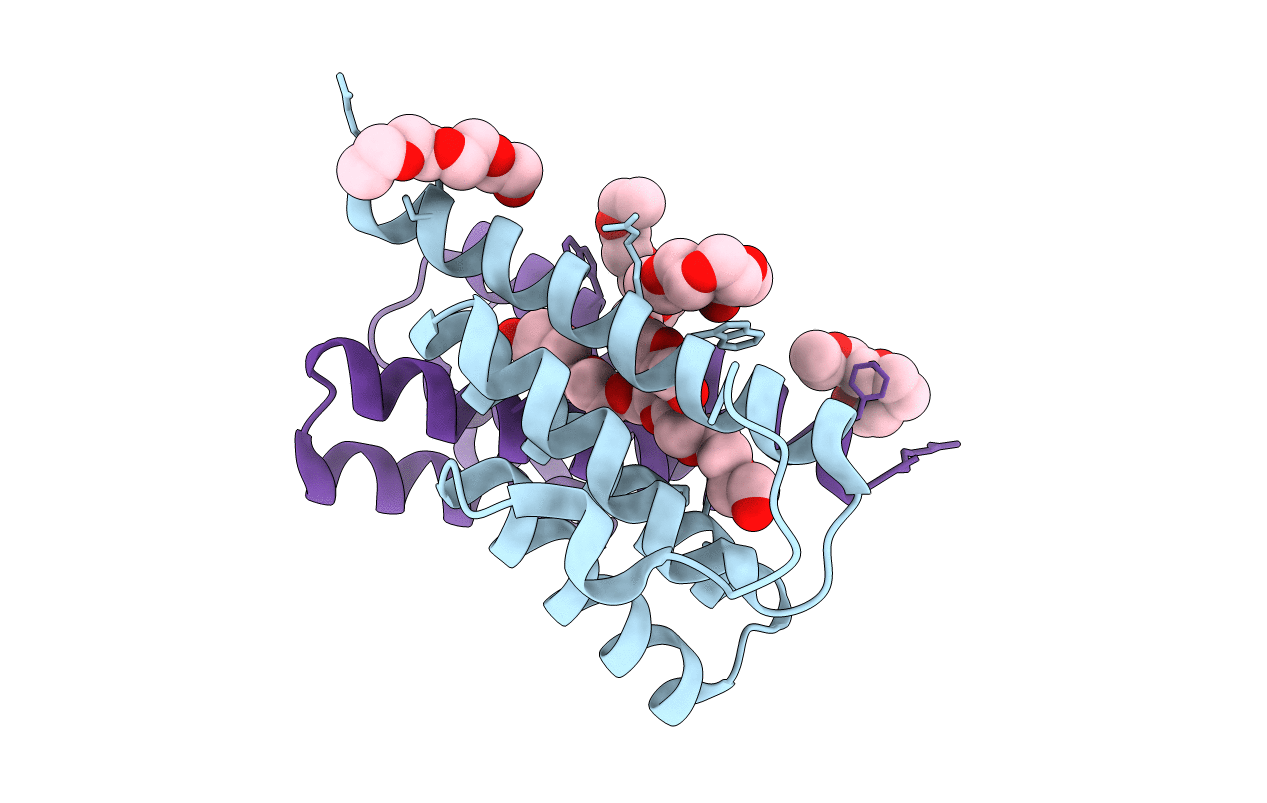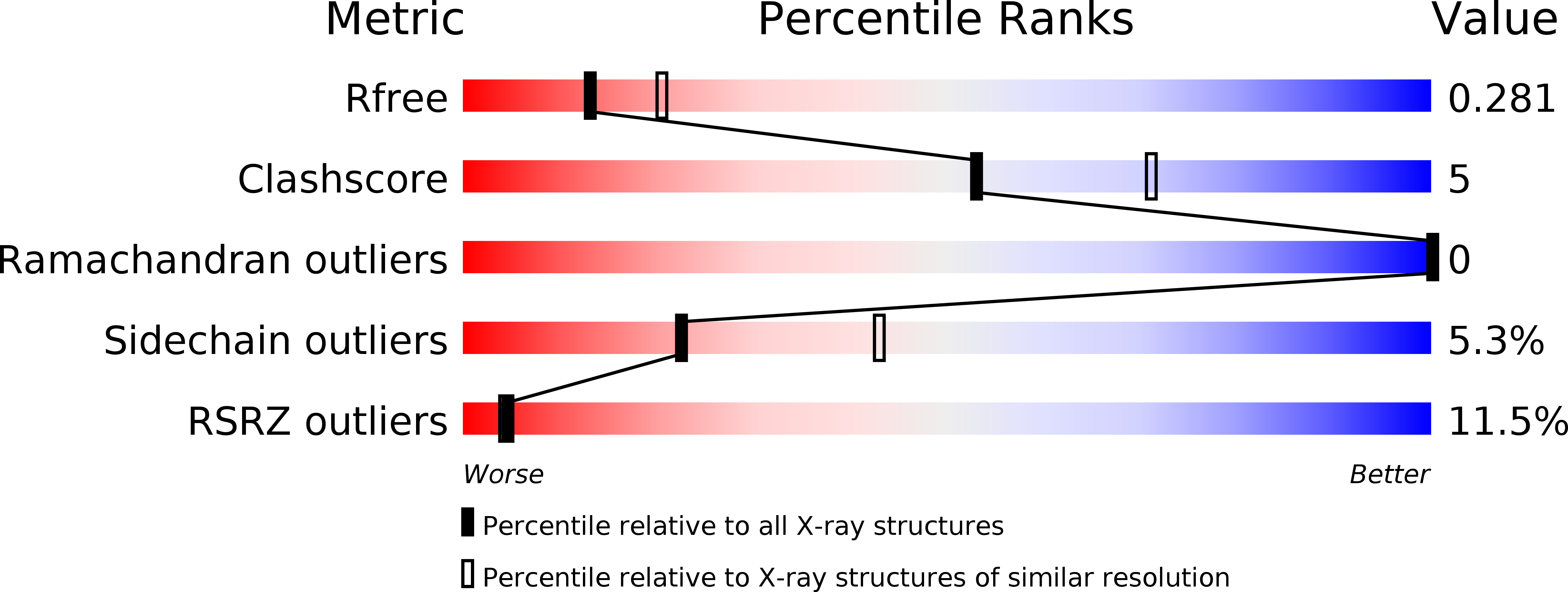
Deposition Date
2013-01-09
Release Date
2014-03-26
Last Version Date
2024-02-28
Method Details:
Experimental Method:
Resolution:
2.50 Å
R-Value Free:
0.25
R-Value Work:
0.24
R-Value Observed:
0.25
Space Group:
H 3 2


